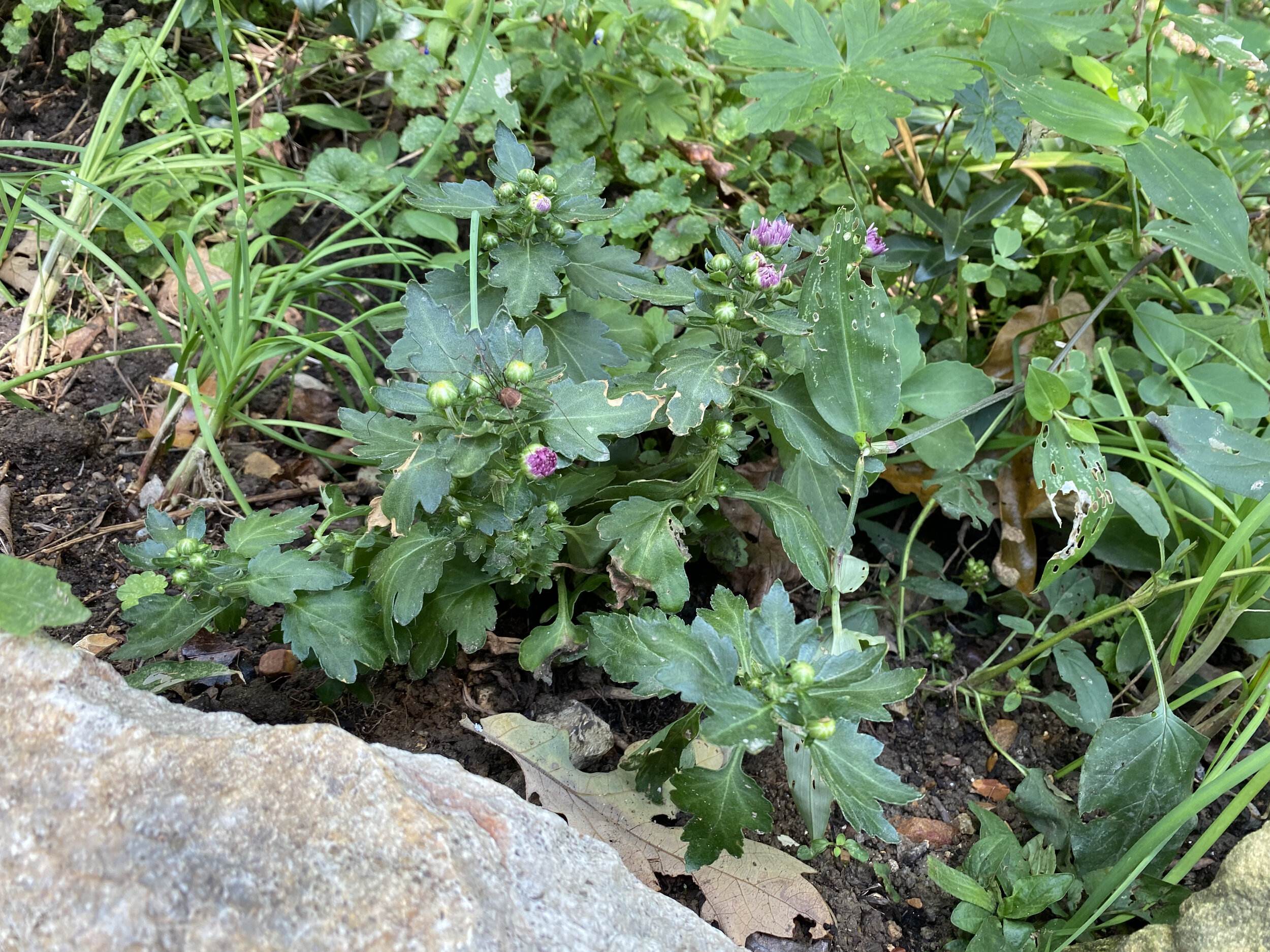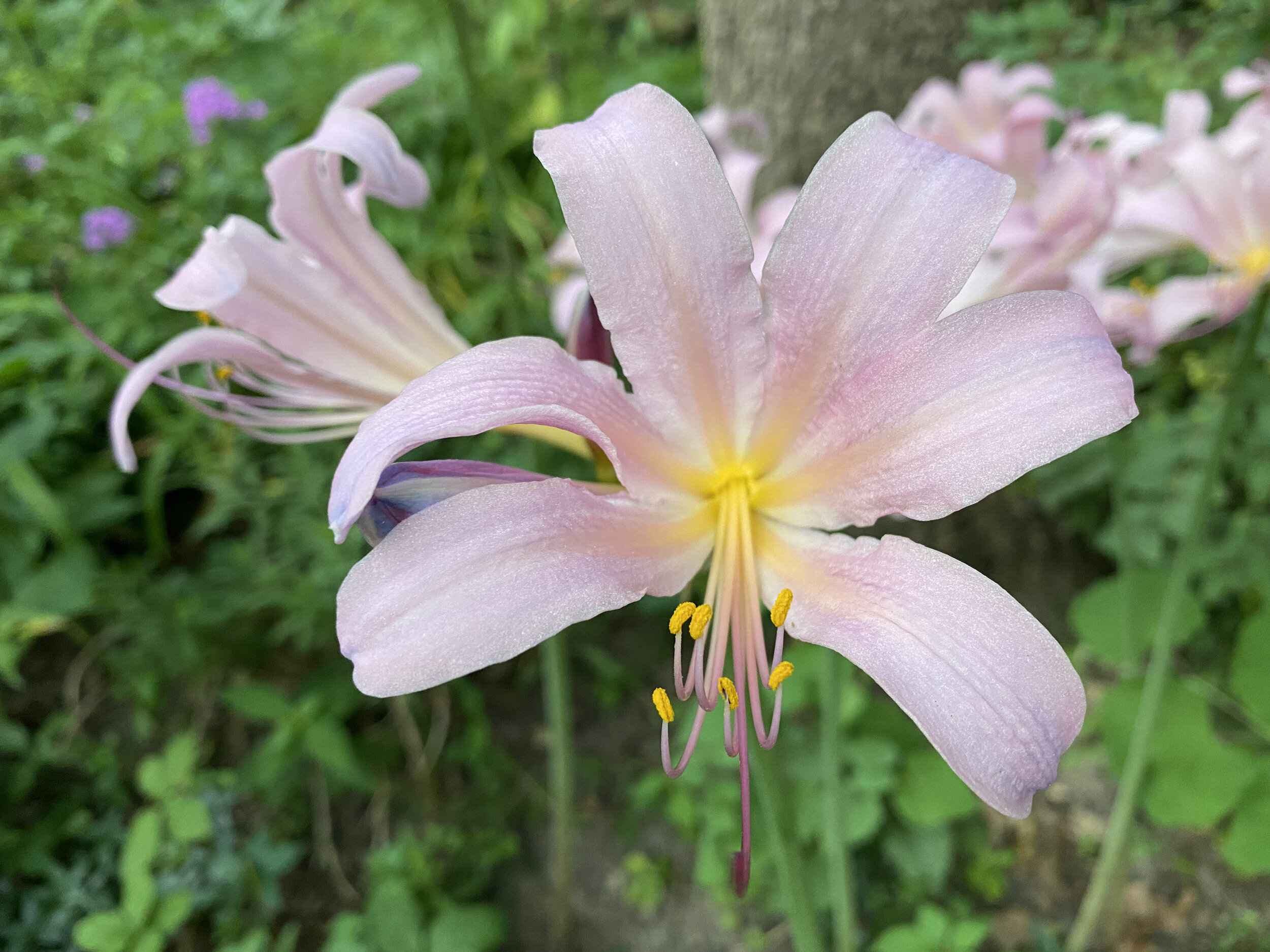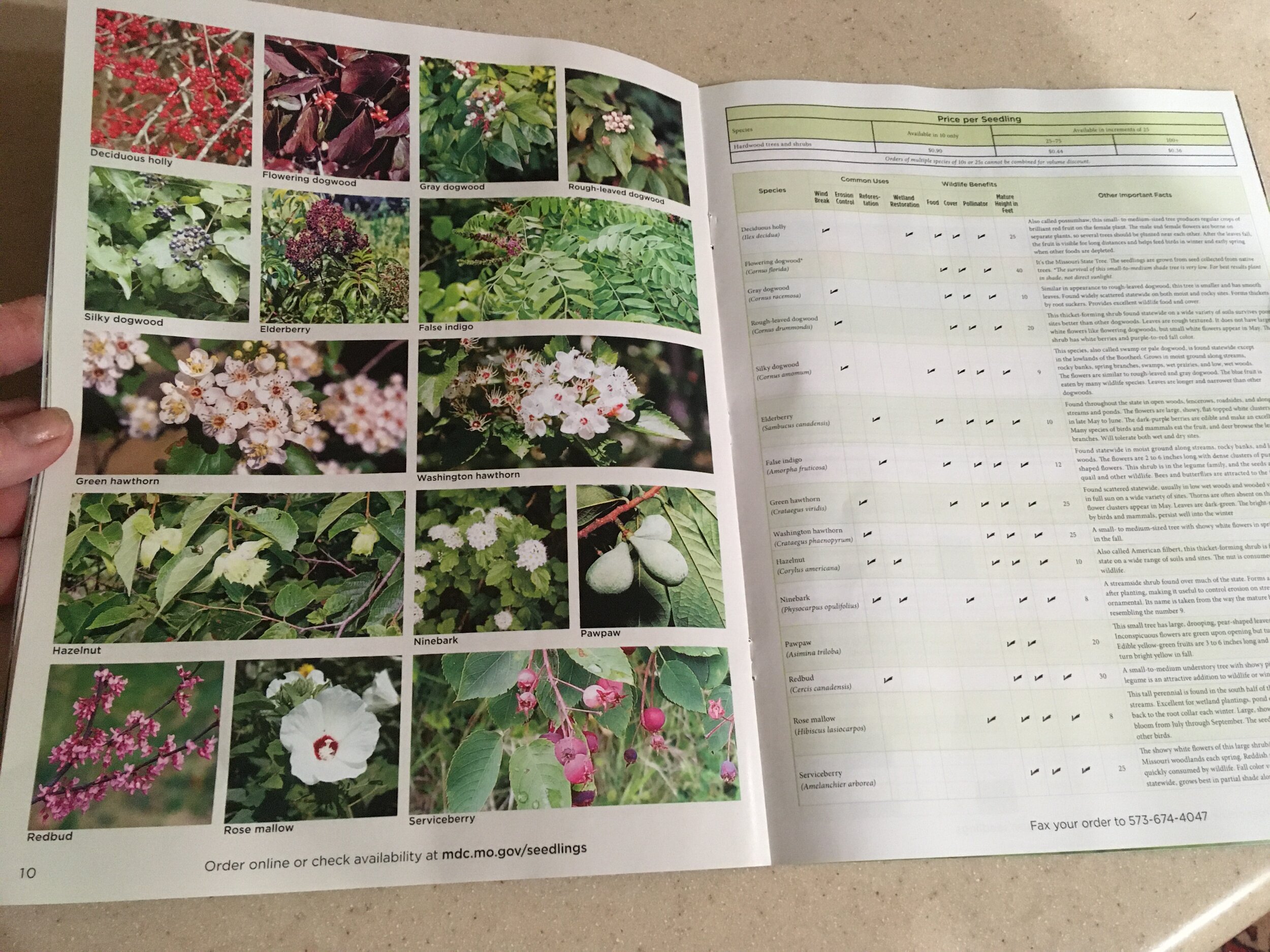Coleus From Cut Tops
/Coleus are favorite annuals in mid-Missouri for their colorful leaves. (Photo by Charlotte Ekker Wiggins)
Coleus From Cut Tops
I found these coleus cut tops when I was recycling some dead shrubs out of my garden at our local recycling center.
There are many plants that are easy to grow from cut tops and Coleus has to be one of the easiest. Coleus have a wide range of sizes and leaf colors, similar in my mind to the wide variety of hostas and irises.
These are different coleus a friend uses at the shady front of her house. (Photo by Charlotte Ekker Wiggins)
Coleus are sold as annuals for USDA Hardiness zone 5. Depending on where they are planted, they may reseed themselves from year to year. Most gardeners grow new ones from either seed or cuttings.
I brought these coleus pieces home, let them sit in water to rehydrate for an hour or so. I planted them in one of my empty deck pots. By planting I mean I made a hole in the watered soil; pushed the plant down to where leaves were attached to the stem and covered the stem.
The pot was watered every day with the rest of the deck plants and frankly looked pretty sorry for the first couple of weeks.
The plants now have rooted and are starting to put on some growth.
They will be wintered over inside and be ready for getting their tops cut late winter to grow more potted plants next spring.
When in bloom, coleus also offer beautiful blue spike flowers. (Photo by Charlotte Ekker Wiggins)
Now one of the often overlooked benefits of planting coleus in our gardens is the flowers. Several friends have told me they pinch off the flower buds to keep the plants bushy.
I let them flower so they can feed pollinators. And just think of the added beauty of blue flowers in your garden!







































































